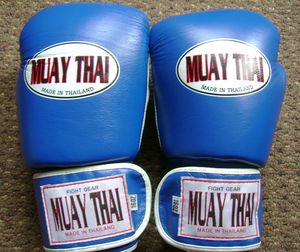There’s so much rubbish in movies today, even a film about a psychopathic tire will garner box-office. That seems to be the underlying jab from Quentin Dupieux’s mock-horror film “Rubber.” With overt metaphors and monologues that smash the 4th wall with stabbing commentary, “Rubber” beautifies the rubbish it mocks.
The tire, Robert, awakens from a junk yard, stumbles to a roll and gracefully lures us into his devious antics. That in itself is a metaphor, albeit bombastic, of “Rubber” awakening from the rubble of the multiplex to roll out in style. Dupieux’s film has been compared to the brilliantly bizarre Theatre of the Absurd school of fiction. Whether or not this is justified is purely left to perception. Theatre of the Absurd playwrights like Samuel Beckett, Tom Stoppard or Edward Albee boast academically praised bodies of work. To say that Dupieux’s “Rubber” will become the thing of over-analyzed, self – important film school fodder ruins the fun of the film. Though, Dupieux can be commended for grouping together a take on movies with his “No Reason” philosophy.
“Rubber” is filled with moments of “No Reason,” which when stitched together becomes a quilt of disparities to mull over. The opening sequence introduces us to a small town cop (Stephen Spinella) who rolls into picture in a series of “no reason” actions. His car knocks down random chairs set-up along a dirt road; why are the chairs there and why does he knock them down? He empties a glass of water, as if to completely eliminate any expectations of what “Rubber” is. The glass is not half empty or half full in “Rubber,” it’s simply empty of any meaning at all. Spinella launches into a monologue about movies, asking why certain things are the way they are, such as why is “ET” brown? His encapsulated explanation is “No Reason.”
We are introduced to a group of onlookers given binoculars to observe the movie within the movie; basically Robert the tire using his new found psychic energy to explode heads as he stalks a beautiful woman. This is where the “No Reason” element begins to take on metaphorical contradictions with meaning. The chairs knocked over were presumably for the observers, but they have been forced to stand up and take a closer look. Is Quentin Dupieux’s message that audiences should look closer and take a stand against movie rubbish?
The observers clearly represent many personalities of movie-goers: the constant comment smart-ass, the aesthetic shusher, those bored in search of gratuitous moments and armchair directors. Barely into the opening sequence with brief descriptions of minor characters and already inundated with juicy analysis. Indeed, “Rubber” is a film that warrants a closer look.
Aside from exploding heads, Dupieux used basic special effects (no CGI), clever cinematography and editing. Dupieux creates a complex character out of a tire, where so much character development today is 1 dimensional in a 3D world? There is also the overt symbolism of the observers literally starving or being starved by those running this experiment. When tossed a large turkey they consume it ravenously; like starved movie audiences that eat up a turkey-of-a film.
“Rubber” is subjective to what you want out of it: a comment on the culture of film, a mockery of horror, a comedy or just really weird. Perhaps my own film snobbery has read too far into these intentional moments of “No Reason,” but it certainly isn’t just a stupid movie about a tire.



